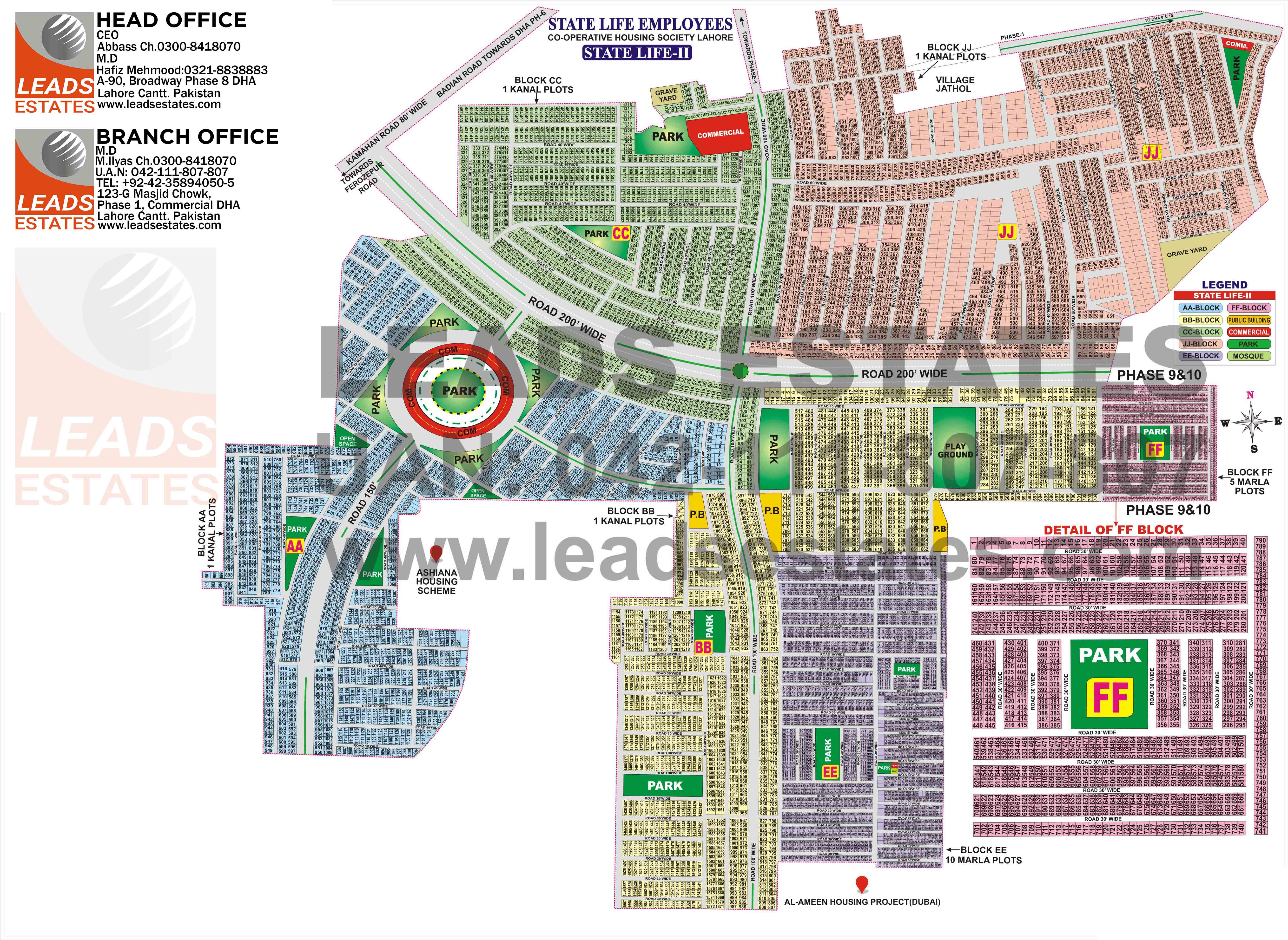

Python dezoomify.py -i c:\list.txt -l -b -o c:\output.jpg
ZOOMIFY AGENT DOWNLOAD
To download from pages containing Zoomify objects, but using a list of base URLs: Python dezoomify.py -i c:\list.txt -l -o c:\output.jpg To download from pages containing Zoomify objects, but using a list of page URLs: Python dezoomify.py -i -b -o c:\output.jpg To download from the base URL (add the -b flag, but don't remove the -i parameter, -b just modifies the intent of -i, and doesn't replace it): Python dezoomify.py -i -q 90 -o c:\output.jpg To download an image from a page containing a Zoomify object, saving at 90% quality: To download an image from a page containing a Zoomify object: If your prompt begins ">", you are in Python already, and need to exit.
ZOOMIFY AGENT WINDOWS
You run the script by writing a command like the examples below into the Windows or Linux (or whatever) command line, and not into the Python interactive prompt. See this page for troubleshooting information. Troubleshooting: Scraping Zoomify objects can be non-trivial. I will not be held responsible for what you do with this script. Happy scraping!ĭisclaimer: As always, only download what is legal in your area. This script was written by Inductiveload, contact at his talk page in case of bugs, suggestions, fixes, or questions. PIL is required to handle the image files and paste them into position. is gathered or derived from BaseDirectory/ImageProperties.xml. The information about the number of tiles, tile size, etc. The script is currently designed to grab images from the BaseDirectory/TileGroupX/DEPTH-COL-ROW.jpg locations, and will search these locations automatically. 100% quality is included in PIL mostly for testing purposes, not for actual use. It is not recommended to exceed 95, as this will produce a huge image with no noticeable quality improvement. Images with fine, sharp detail may need a higher quality. The default is 75, which is more than adequate for most images. The "-q" parameter allows you to set the quality that PIL saves the image at. The "-e" flag sets the extension of the files we will be collecting and tiling: in all cases I have seen, this is the default, jpg. If you give a list, you currently cannot specify unique file names for each output file, they will have a numeric suffix to differentiate them. Each of these is interpreted as before (you can give a simple page URL or a base URL with the -b parameter). If you set the "-l" flag, the script takes as an input a local file containing a list of URLs, one on each line. If you set the "-b" flag, the script will take the "-i" parameter as the raw base directory of the Zoomify file structure. In its raw state, this is the URL of a page containing the Zoomify object, for example The image locations are given with the "-i" parameter. This script will take the URL of a page containing the Zoomify Flash object, search for the appropriate directory path, determine the maximum zoom depth and number of tiles and then download the tiles and combine without intervention. The dezoomify.py Python script is capable of grabbing images from a Zoomify folder(s) and automatically stitching the images with Python Imaging Library.
ZOOMIFY AGENT CODE
If you'd rather use PIL, use the code below.įor a list of scripts which allow to stitch images from a zoomify viewer, see Help:Zoomable images. This version requires PIL, but the current version needs jpegtran. This version is the last version before the upgraded version at Sourceforge, and it is now unmaintained.


 0 kommentar(er)
0 kommentar(er)
